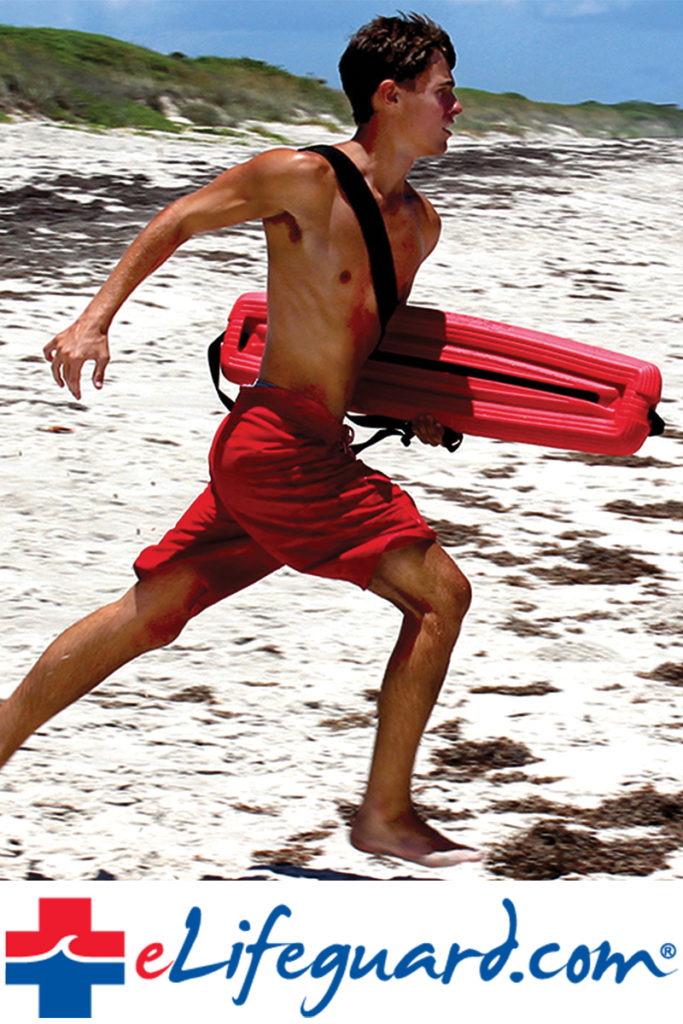What You Need to Know About Cold Water Swimming
Now that January is upon us, it feels like no one wants to go to the pool. The water is frigid and winds are gusty, so it seems like a no-brainer… right? Not for cold water swimmers who thrive in cool temperatures. Would you want to be a lifeguard for these daredevils? Find out!
 Ripples form and two hands meet the surface of the water. A swimmer dives headfirst into the pool, coming up shortly after to jump into the butterfly stroke. It seems like a regular day… until you learn that this swimmer is in water that is 6 degrees celsius. “You get this instant shock when you first jump in,” says lifeguard Joe Thomas. He continues, “Your head goes under. You lose your breath straight away.”
Ripples form and two hands meet the surface of the water. A swimmer dives headfirst into the pool, coming up shortly after to jump into the butterfly stroke. It seems like a regular day… until you learn that this swimmer is in water that is 6 degrees celsius. “You get this instant shock when you first jump in,” says lifeguard Joe Thomas. He continues, “Your head goes under. You lose your breath straight away.”
This swimmer is not alone. Cold water swimming, or outdoor swimming, has been on the rise in recent years. Joe Thomas is one of many lifeguards who is training in London in the middle of December. While some people are calling it “invigorating” and “addictive,” others are raising their eyebrows and shaking their heads. It’s not every day that you meet someone who enjoys swimming in the cold, but evidence shows that cold water swimming can boost your mood by giving a rush of endorphins and adrenaline. Cold water swimming isn’t limited to the pool. Some swimmers are getting creative with their venues, opting
Cold water swimming isn’t limited to the pool. Some swimmers are getting creative with their venues, opting  for moody winter scenes like a lake or pond. For lifeguards who work in the winter, it’s a great way to train for the potential risks of cold water swimming. If you don’t know what to expect and you’re about to give a rescue, the cold water may shock you. Training ahead of time is a great way to ensure you’ll be able to perform any rescue (cold water or not) to the best of your abilities. Ready to try it out? Now’s the time!
for moody winter scenes like a lake or pond. For lifeguards who work in the winter, it’s a great way to train for the potential risks of cold water swimming. If you don’t know what to expect and you’re about to give a rescue, the cold water may shock you. Training ahead of time is a great way to ensure you’ll be able to perform any rescue (cold water or not) to the best of your abilities. Ready to try it out? Now’s the time!
To be sure that you are not missing out on any of our lifeguard videos & stories, please subscribe to our newsletter here.
For videos, articles, & events about lifeguarding related industry topics, visit www.lifeguardtv.com





